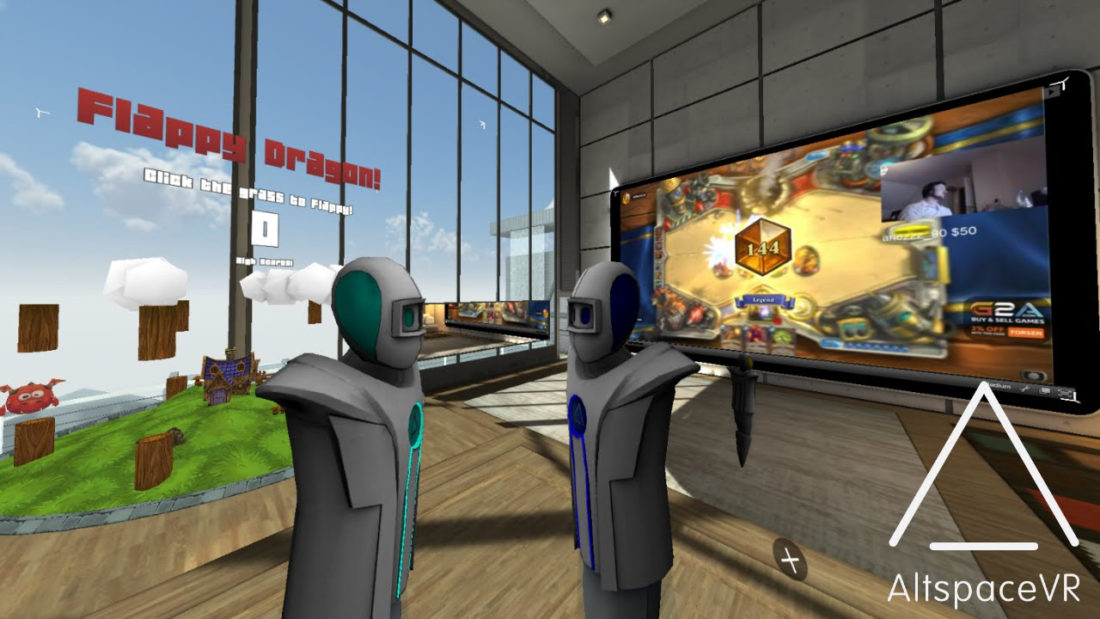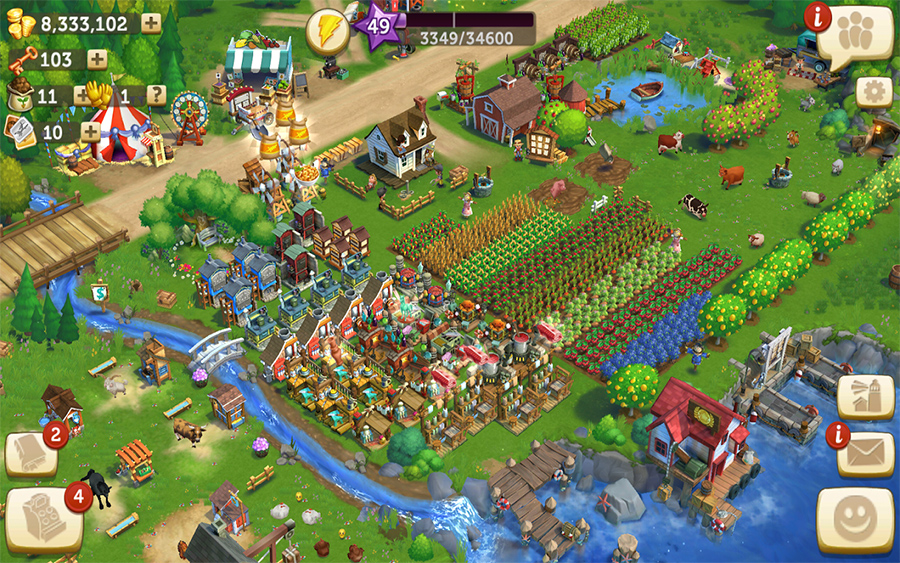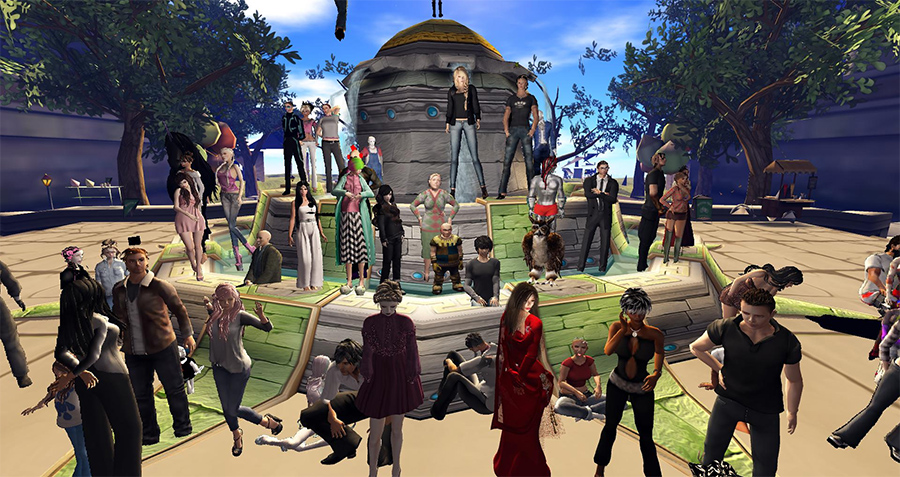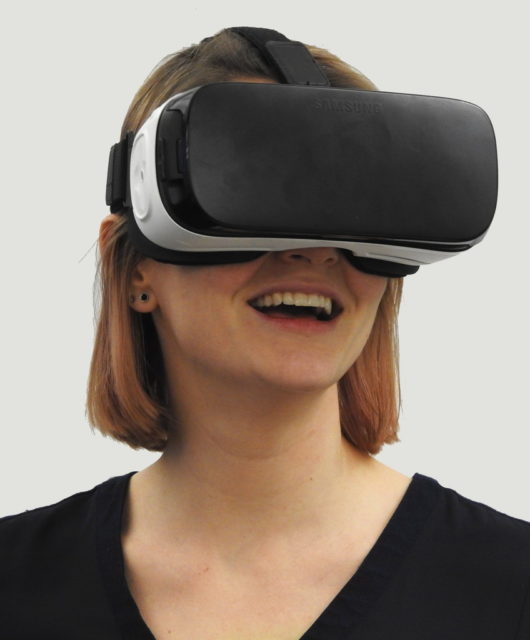Game world: where is the line between virtual and reality?

In the past, playing video games was always a form of escapism – a chance to inhabit a different world with simpler rules and defined objectives. But a new generation of virtual reality (VR) platforms and games has meant that that line between real life and virtual life is increasingly blurred. VR headsets now make it possible for you to attend your favourite band live in concert or watch a sporting match from the stands without leaving your living room. But equally they provide the chance to take a more personal approach to virtual spaces. Is that a good thing or a bad thing? What should we make of the potential VR revolution?
Anyone who has ever played the annoyingly addictive The Sims will be familiar of the feeling of ridiculousness when you realise that having spent so much time cultivating an amazing musical career for your sim, you could have use that time to have become a virtuoso guitarist yourself. Of course, this is a facetious idea, but The Sims was merely a single-player life simulator, which is about as serious as you can get in terms of escapism. Instead we are beginning to see the opposite, where real life takes place in virtual realms.
Here, tech expert and reformed games-addict Mike James discusses the blurring of lines between virtual and reality – with special regard to staying safe online, due to a number of bad experiences. With such committed buy-in from gamers, one of the most shocking aspects of the genre is the relative lack of safety provided or sought by users. With virtual property worth serious amounts of real money, owners are at risk of virtual theft – or even worse in some circumstances. As this gargantuan world continues to develop, safety measures must be taken – either by the games manufacturers, or by users using protective software like a VPN.
AltspaceVR
AltspaceVR is a virtual space that allows people to hang out together. It’s more of a social media platform than a video game – you simply log in and use a VR headset to move around, interact, play games and just have fun with other people. Similar to MMORPGs like World of Warcraft, many players can occupy the same space, interacting and doing whatever they want – only with fewer orcs and elves.

You can play chess, watch YouTube videos, have a political debate or watch a live comedy show provided by another user of the space. The possibilities are endless and it hints towards the idea of being able to live most of our social lives within a video game. If you can simply log into something like AltspaceVR in order to hang out with friends, there’s no need to do it in real life.
Real time games
For a long time we’ve already had the idea of games running in real time, meaning that you have to play them regularly in order to succeed. Even relatively simple games like FarmVille were able to incorporate features that encouraged you to log in every day in order to ensure your crops were in good condition.

It’s even easier for VR social platforms like AltspaceVR – people don’t log in because the game forces them to, they do it because they want to socialise with friends. Think about how often you may use Facebook and other social media apps. If you could also relax and hang out with friends in a virtual space it would make it rare that you would leave. In this vision of the future, VR would effectively have superseded reality.
Is it just a gimmick?
It’s worth remembering, of course, that ideas like this are not new. VR has had a number of stumbling blocks and while there is no doubt that the technology has improved, many people remain sceptical about its potential.

Even very popular simulations such as Second Life – which at one point created a real-life millionaire who made his fortune by buying and selling properties that only existed inside the game – have lost their appeal. It seems unlikely that a virtual space, even one viewed through a VR headset, could rival real interaction.










